Tonina (or Toniná in Spanish orthography) is a pre-Columbian archaeological site and ruined city of the Maya civilization located in what is now the Mexican state of Chiapas, some 13 km (8.1 mi) east of the town of Ocosingo.
The site is medium to large, with groups of temple-pyramids set on terraces rising some 71 metres (233 ft) above a plaza, a large court for playing the Mesoamerican ballgame, and over 100 carved monuments, most dating from the 6th century through the 9th centuries AD, during the Classic period. Toniná is distinguished by its well preserved stucco sculptures and particularly by its in-the-round carved monuments, produced to an extent not seen in Mesoamerica since the end of the much earlier Olmec civilization. Toniná possesses one of the largest pyramids in Mexico; at 74 metres (243 ft) in height, it is taller than the Pyramid of the Sun at Teotihuacan.
Toniná was an aggressive state in the Late Classic, using warfare to develop a power...Read more
Tonina (or Toniná in Spanish orthography) is a pre-Columbian archaeological site and ruined city of the Maya civilization located in what is now the Mexican state of Chiapas, some 13 km (8.1 mi) east of the town of Ocosingo.
The site is medium to large, with groups of temple-pyramids set on terraces rising some 71 metres (233 ft) above a plaza, a large court for playing the Mesoamerican ballgame, and over 100 carved monuments, most dating from the 6th century through the 9th centuries AD, during the Classic period. Toniná is distinguished by its well preserved stucco sculptures and particularly by its in-the-round carved monuments, produced to an extent not seen in Mesoamerica since the end of the much earlier Olmec civilization. Toniná possesses one of the largest pyramids in Mexico; at 74 metres (243 ft) in height, it is taller than the Pyramid of the Sun at Teotihuacan.
Toniná was an aggressive state in the Late Classic, using warfare to develop a powerful kingdom. For much of its history, Toniná was engaged in sporadic warfare with Palenque, its greatest rival and one of the most important polities in the west of the Maya region, although Toniná eventually became the dominant city in the west.
The city is notable for having the last known Long Count date on any Maya monument, marking the end of the Classic Maya period in AD 909.
Toniná had a particularly active Early Classic presence, although the Early Classic remains lie entirely buried under later construction.[1] Due to this, early texts are scarce and only offer a glimpse of the early history of the site.[1] An 8th-century text refers to a king ruling in AD 217, although it only mentions his title, not his name.[1]
Ruler 1 is depicted on a couple of Early Classic monuments, the better preserved of which is an altar that dates to 514.[1] A ruler known as Jaguar Bird Peccary is represented on a 6th-century stela, which describes him acceding to the throne in 568.[2]
The first mention of Toniná in a record from a foreign state is from the site of Chinikiha, located 72 kilometres (45 mi) to the northeast on the Usumacinta River, the text is from a throne and describes the capture of a person from Toniná in 573.[2]
Late Classic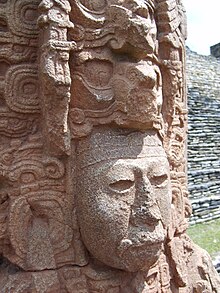 Stela depicting the 6th century ruler Jaguar Bird Peccary.[1]K'inich Hix Chapat
Stela depicting the 6th century ruler Jaguar Bird Peccary.[1]K'inich Hix Chapat
Toniná's history comes into focus in the Late Classic, when its historical record is more fully represented by hieroglyphic texts.[3] In 633 K'inich Hix Chapat is recorded as installing two subordinate lords but little else is known of his reign,[4] although he was probably enthroned in 595.[2] The last mention of K'inich Hix Chapat is in a monument dated to 665 that appears to be a memorial stone.[2]
Ruler 2Ruler 2 acceded to the throne of Toniná in 668. His rule is marked by warfare and the frequent depiction of bound captives on his monuments.[5] Ruler 2 established the use of in-the-round sculptural style that came to typify the stelae of Toniná.[4] A monument dated to 682 depicts three naked prisoners with their arms bound, one of them is identified as a lord from Annak', an as yet unidentified site.[6] His reign may have ended with his defeat and capture by K'inich Kan Balam II of Palenque in September 687, as described in a glyphic text from Temple 17 in the rival city, an event that probably culminated in his sacrifice.[7]
K'inich B'aaknal ChaakK'inich B'aaknal Chaak was enthroned in 688, twenty years after Ruler 2, and reigned for twenty-seven years.[4] During his reign he restored Toniná's power with a number of military victories over Palenque, and his reign was dominated by the struggle against the rival city for regional power.[8] Ballcourt 1, the larger of Toniná's two ballcourts, was dedicated in 699 to celebrate three victories over the city's arch-rival.[4] The ballcourt originally had six sculptures of bound captives, all vassals of the enemy Palenque king from the Usumacinta region.[9] The date of the king's death is unknown.[4]
Ruler 4 Sculpture of a bound captive in the site museum of Toniná.
Sculpture of a bound captive in the site museum of Toniná.Ruler 4 came to power in 708 at a very young age.[4] Three years later, in 711, while Ruler 4 was still a child, Toniná gained an important victory over Palenque.[4] The battle resulted in the capture of Kan Joy Chitam II of Palenque and made Toniná the dominant centre in the lower Usumacinta region.[10] The victory was so complete that it resulted in a ten-year gap in the dynastic history of the defeated city,[11] during which the captured ruler may have been held hostage.[12] Ruler 4 continued in power to celebrate the period endings of 716 and 721.[13] A captive depicted on one of his monuments is identified as being from the distant city of Calakmul, one of the two Maya "superpowers".[13]
K'inich Ich'aak ChapatRuler 4 was succeeded by K'inich Ich'aak Chapat in 723.[13] Around 725 Toniná fought a war against Piedras Negras, a city on the north bank of the Usumacinta River, now in Guatemala.[14] A series of events during his reign were marked on monuments between 726 and 729 and in 730 he rededicated the tomb of his predecessor K'inich B'aaknal Chaak.[13] The mother of K'inich Ich'aak Chapat is named as Lady Winik Timan K'awiil and his father may well have been K'inich B'aaknal Chaak himself.[15] The reign of K'inich Ich'aak Chapat is notable for the absence of the usual sculptures depicting bound war captives, although the reason for this is unknown.[15]
Later rulersLittle is known of the next two rulers, Ruler 6 is named as K'inich Tuun Chapat, he celebrated the period ending of 736 and may have died 762.[16] A damaged text accompanying the image of a bound captive indicates renewed warfare with Palenque during his reign, however the name of the prisoner is lost and it is unclear if it is the actual king of Palenque or merely one of his vassals.[17]
He was succeeded by Ruler 7, about whom even less is known.[13] Around 764 Toniná defeated Palenque in battle.[18] Ruler 7 has been identified as the mysterious Lady K'awil, known from a fragmentary text on an altar disc which records her death in 774.[19]
In 775 a text recorded the death of Lord Wak Chan K'ak', a prince who appears to have been the heir to the throne and who died before he could take power.[17]
Ruler 8 was the last of the successful warrior kings of Toniná.[20] He celebrated a series of events between 789 and 806, including the defeat of Pomoy in 789, and the capture of the ruler Ucha'an Aj Chih, who appears to have been the vassal of B'olon K'awiil of Calakmul.[21] In 799 he rededicated the tomb of Ruler 1.[20] Ruler 8 oversaw an extensive remodelling of the upper levels of the Acropolis.[22] Ruler 8 erected a number of sculptures of bound prisoners of war and adopted the title aj b'olon b'aak, "He of Many Captives".[22] However, the lesser extent of Toniná's power is evident from its victory over the site of Sak Tz'i' (White Dog), an important city in the Lacandon region, an area which had once been dominated by Toniná.[22]
By the time of Ruler 8's successor, Uh Chapat, Toniná was clearly in decline.[20] Only a single event, in 837, can be dated to his reign, although a stucco mural depicting captives with garrottes at their throats may belong to his period of rule.[23]
The history of Toniná continued after most other Classic Maya cities had fallen, perhaps aided by the site's relative isolation.[23] Ruler 10 is associated with a monument dating to 904 in the Terminal Classic and a monument dating to 909 bears the last known Long Count date although the name of the king has not survived.[20] Ceramic fragments indicate that occupation at the site continued for another century or more.[24]
Ritual Cremation of RulersUrns containing cremated remains of Mayan rulers discovered in the Temple of the Sun at Toniná, were found to also contain rubber, coal, and roots - materials that make up the rubber balls used in the mesoamerican ball game - leading archeologists to believe that the Mayans of this period in Toniná memorialized their rulers by incorporating their ashes into the ritual game of ball typical of mesoamerican cultures.[25]
Modern historyThe first published account of the ruins was made by Fray Jacinto Garrido at the end of the 17th century.[26] A number of visitors investigated the ruins of Toniná in the 19th century, the first being an expedition led by Guillaume Dupaix in 1808.[26] John Lloyd Stephens and Frederick Catherwood visited in 1840, and Stephens wrote an extensive description of the site.[27] Eduard Seler and Caecilie Seler-Sachs investigated the monuments at Toniná, publishing their reports at the turn of the 20th century.[28] Karl Sapper visited the site in 1895 and 1896.[26] Frans Blom and Oliver La Farge investigated the site in 1920s for Tulane University, publishing their reports in 1926—1927.[28]
The French Toniná Project began excavations in 1972 which continued through 1975, then resumed in 1979 to 1980, under the direction of Pierre Becquelin and Claude Baudez.[29] The National Institute of Anthropology and History of Mexico (INAH, the Instituto Nacional de Antropologia e Historia) began their own excavations at Toniná the following year.[26]
The site is accessible for tourism and has a small museum that was inaugurated on 15 July 2000.[30]




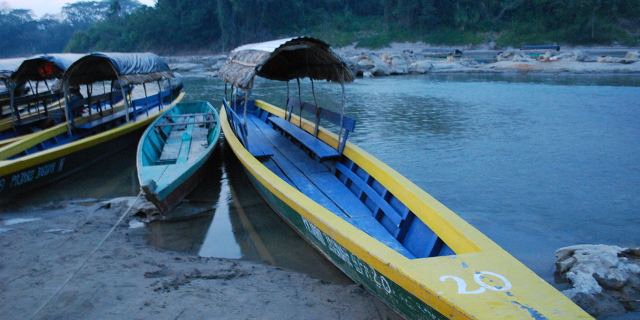

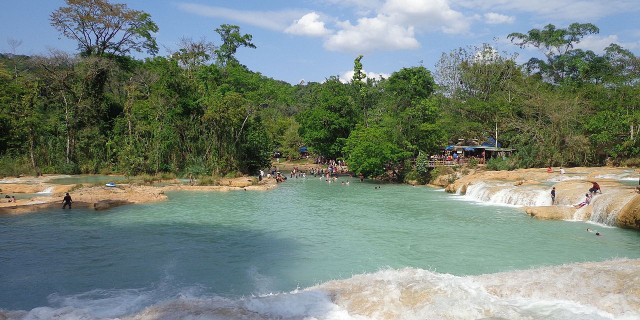


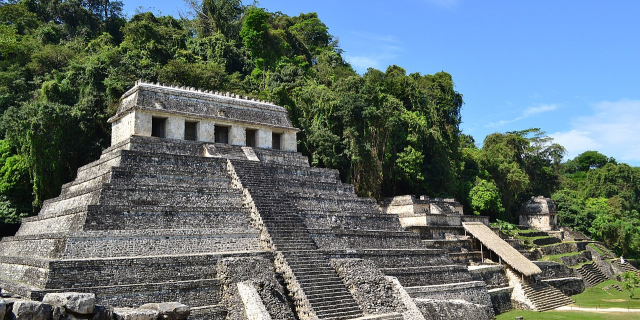

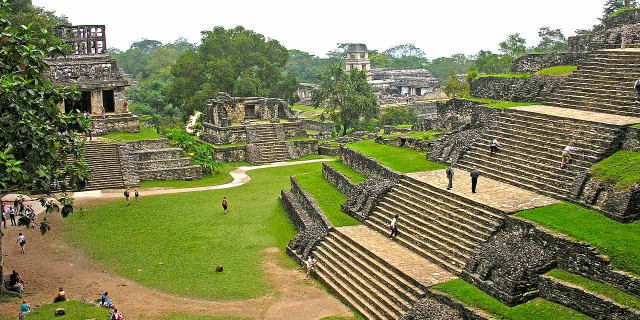






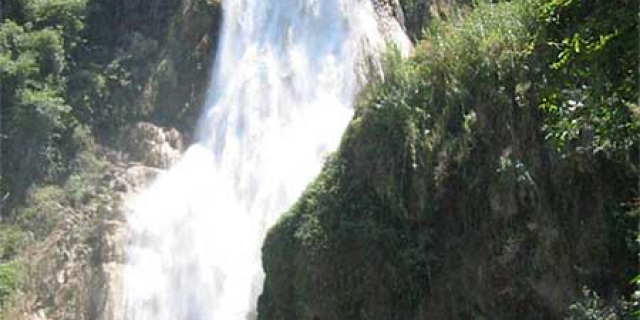

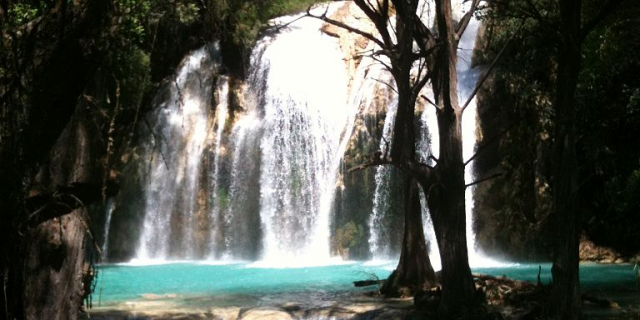




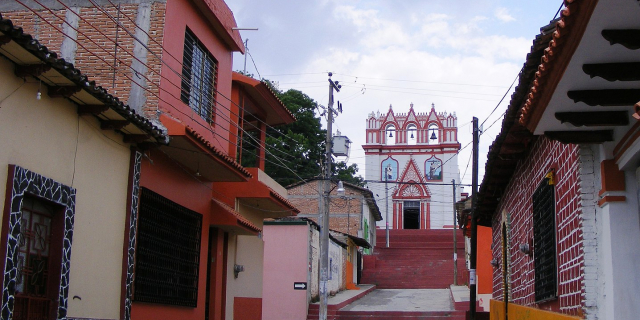


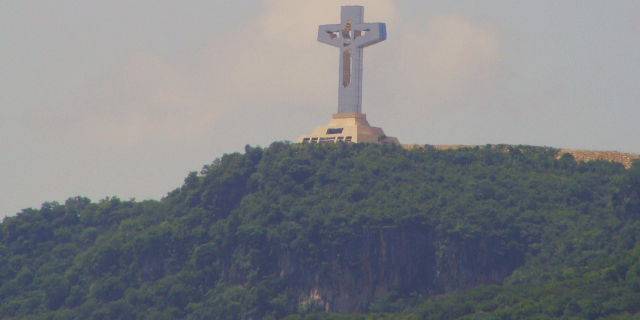
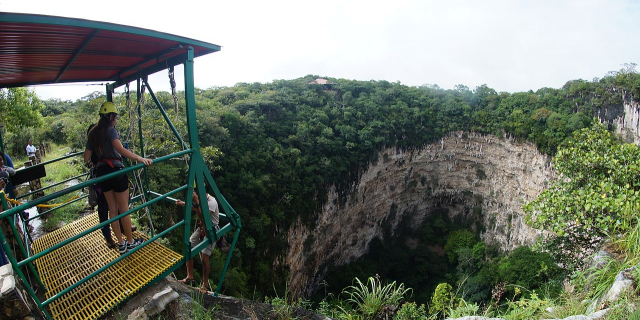

Add new comment